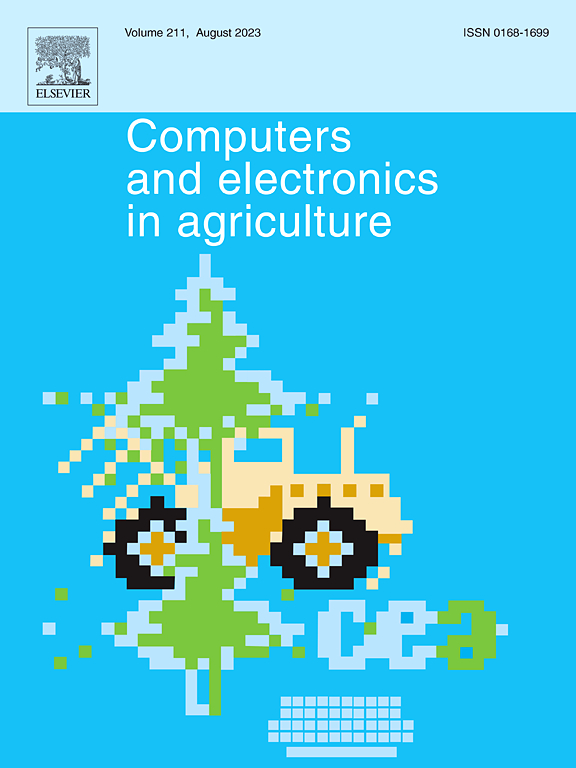Towards improved harmful algal bloom forecasts: A comparison of symbolic regression with DoME and stream learning performance
IF 7.7
1区 农林科学
Q1 AGRICULTURE, MULTIDISCIPLINARY
引用次数: 0
Abstract
Diarrhetic Shellfish Poisoning (DSP) is a global health issue caused by shellfish contaminated with toxins from dinoflagellates, posing significant risks to public health and the shellfish industry. Harmful Algal Blooms (HABs), driven by toxin-producing algae like DSP, require effective monitoring and forecasting systems. Predicting HABs is challenging due to the time-series nature of the problem, influenced by historical seasonal patterns and recent anomalies from meteorological and oceanographic changes. Stream Learning shows promise for handling time-series problems with concept drifts but has yet to be validated for HAB prediction compared to Batch Learning. Limited historical data availability in oceanography highlights the importance of advanced tools like the CROCO ocean hydrodynamic model, which provides high-resolution temporal and spatial data. This study developed a machine learning workflow to predict toxic dinoflagellate (Dinophysis acuminata) cell counts, comparing seven algorithms across two learning paradigms. The CROCO model data addressed historical data gaps. The DoME model, with an average of 0.77 for 3-day-ahead predictions, proved the most effective and interpretable, underscoring the value of model explainability and rigorous comparison methodologies.
求助全文
约1分钟内获得全文
求助全文
来源期刊

Computers and Electronics in Agriculture
工程技术-计算机:跨学科应用
CiteScore
15.30
自引率
14.50%
发文量
800
审稿时长
62 days
期刊介绍:
Computers and Electronics in Agriculture provides international coverage of advancements in computer hardware, software, electronic instrumentation, and control systems applied to agricultural challenges. Encompassing agronomy, horticulture, forestry, aquaculture, and animal farming, the journal publishes original papers, reviews, and applications notes. It explores the use of computers and electronics in plant or animal agricultural production, covering topics like agricultural soils, water, pests, controlled environments, and waste. The scope extends to on-farm post-harvest operations and relevant technologies, including artificial intelligence, sensors, machine vision, robotics, networking, and simulation modeling. Its companion journal, Smart Agricultural Technology, continues the focus on smart applications in production agriculture.
 求助内容:
求助内容: 应助结果提醒方式:
应助结果提醒方式:


